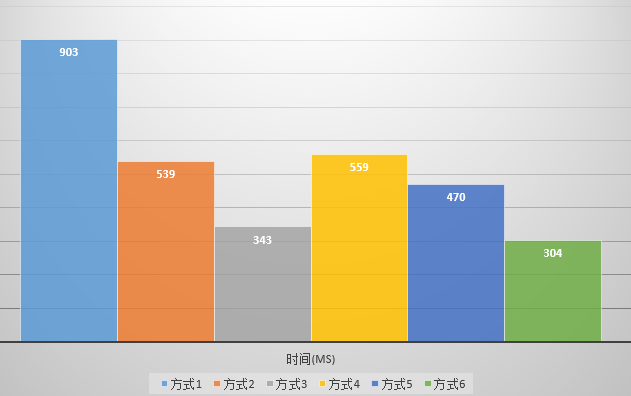一个例子,第8行
https://github.com/karpathy/char-rnn/blob/master/model/LSTM.lua
local LSTM = {}
function LSTM.lstm(input_size,rnn_size,n,dropout)
dropout = dropout or 0
-- there will be 2*n+1 inputs
local inputs = {}
table.insert(inputs,nn.Identity()()) -- line 8
-- ...
nn.Identity的源代码
https://github.com/torch/nn/blob/master/Identity.lua
**********更新**************
()()模式在火炬库’nn’中使用很多.第一对括号创建容器/节点的对象,第二对括号引用依赖节点.
例如,y = nn.Linear(2,4)(x)表示x连接到y,并且变换从1 * 2到1 * 4是线性的.
我只是了解使用情况,如何通过以下答案回答.
无论如何,界面的使用在下面有很好的记录.
https://github.com/torch/nngraph/blob/master/README.md
解决方法
> nn.Identity()创建一个身份模块,
>()调用此模块触发nn.Module __call__(感谢Torch类系统正确挂接到Metatable),
>默认情况下,__call__方法执行向前/向后,
>但是这里使用了torch/nngraph,并且nngraph会覆盖此方法,您可以看到here.
因此,每个nn.Identity()()调用都有效果返回一个nngraph.Node({module = self})节点,其中self指向当前的nn.Identity()实例.
–
更新:可以在LSTM-s的上下文中找到此语法的图示here:
local i2h = nn.Linear(input_size,4 * rnn_size)(input) -- input to hidden
If you’re unfamiliar with
nngraphit probably seems strange that we’re constructing a module and already calling it once more with a graph node. What actually happens is that the second call converts thenn.Moduletonngraph.gModuleand the argument specifies it’s parent in the graph.




